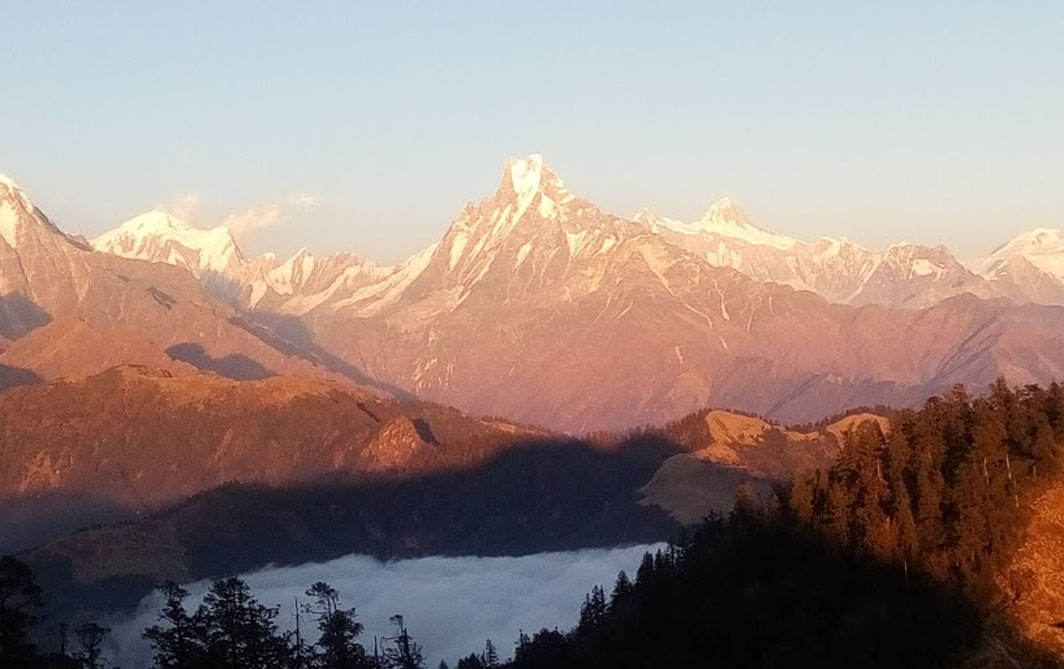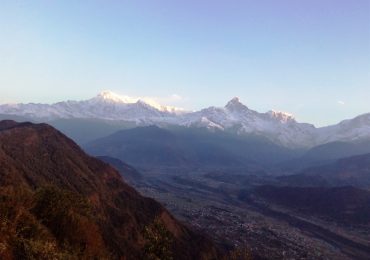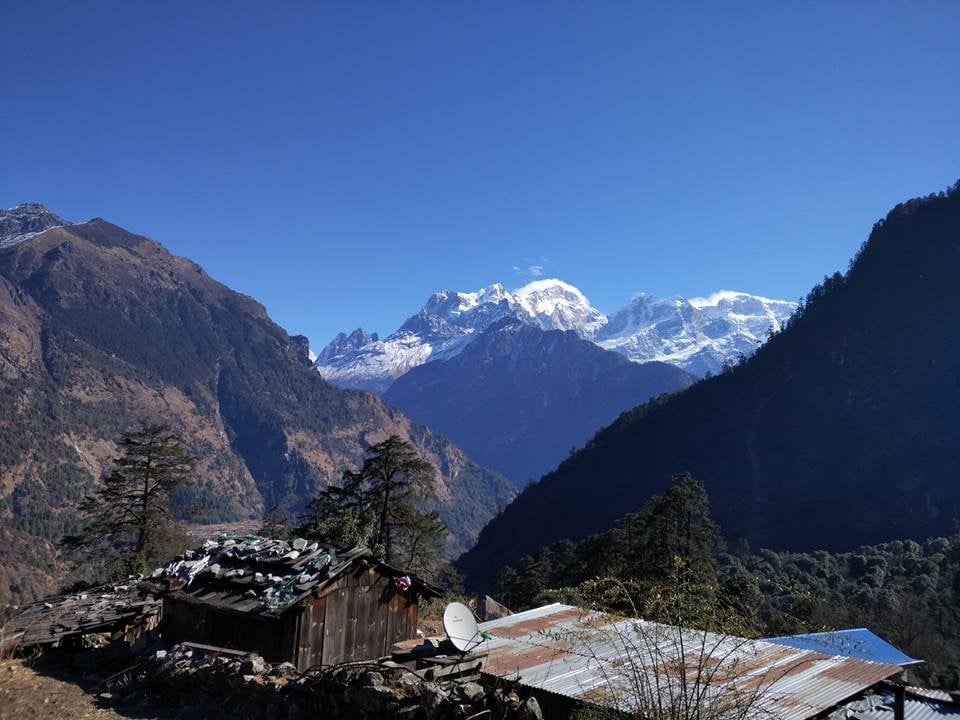
Annapurna Circuit trek is a great trekking destination in Nepal that is seeking a little adventure in the Himalayan country. This trekking was once one of the most beautiful places for the trekkers and these people spent three weeks on this trekking route. Those trekkers still have a memory of their beautiful experience of the natural beauty, hardships, and challenges of Annapurna Round trekking.

The trekking still starts from the small subtropical town of Beshisahar following the upper bank of the Marsyangdi River in the North passing through tropical paddy fields, scenic village, high rocky hills, meadows, pine and rhododendron forest, alpine mountains, and dry land with less vegetation of Manang finally meets high rocky snow-covered mountain pass of Throng-la at the height of 5416m.

After crossing the highest moderate difficult path of the Throngla pass the trekkers slowly descend to the dry barren land of the Kaligandaki valley of Muktinath continue treks further down to Kagbeni to the capital of Mustang district, Jomsom. Moreover, From Jomsom, people have two alternatives for their transport either take a scenic flight to return back to Pokhara from Jomsom or take an adventure bus ride of Kaligandaki valley passing through Marpha, Ghasa, Kalopani, Tatopani, Benibazar to the final destination of lake city Pokhara where people spend few days for their relaxation after the trek.

Round Annapurna Trekking had attracted lots of people around the world Trekkers who had already done Annapurna Circuit Trekking for three weeks expressed their wonderful feelings about this place when there was no road access on both parts of the Manang and Mustang districts. There was a similar description of many trekking guides of Nepal who had seen the historical development of road access on both sides of the Annapurna trekking trail. With the rapid development of roads, the construction of the road also touched the Annapurna region.
In the round Annapurna trekking, roads are developed mostly on the traditional trekking path which had decreased the trekking days of Annapurna Round from 21 days to 6-12 days. There is direct access to the road to the Manang district which people can reach from the jeeps and also from the Mustang side of the Kaligandaki valley. Construction of the road has definitely increased the flow of the tourist in both parts of Annapurna Round Trekking mostly in the Mustang region which is a famous pilgrimage site for two main religions of Nepal, Buddhist and Hindu.
Expectations of the Trekking Guides for Annapurna Round Trek:
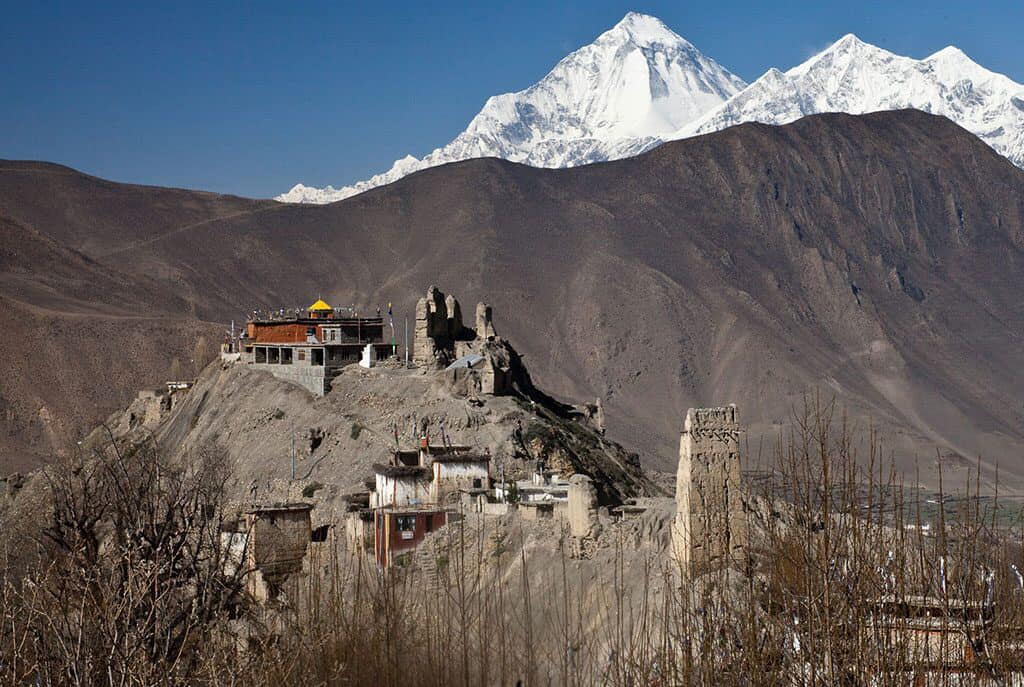
Trekking around Annapurna is still a great adventure according to the well-experienced trekking guide “Shibalal Giri” having more than 25 years of experience as a guide in a different part of Nepal. He expressed his feeling that the trekking area of Annapurna Circuit offers a wide range of tastes in trekking adventure and cultural experiences. With the construction of roads, trekkers could not benefit from the different cultural tastes of Kaligandaki valley and the Mustang district. Most of the trekkers now target to cross in a short span of time. Moreover, this had a negative impact on those infrastructures like small hotels, and lodges which were built before the construction of roads.
The trekkers have ignored completely to those places and most of these hotels’ construction investments did not recover at all. However, this problem can be resolved now by following the NATT Trekking trials where trekkers follow red/white/or blue signs painted on the electric poles, stones, houses, or along the path to avoid the traffic on the Annapurna trail. These signs around Annapurna trekking help trekkers a lot to find the suitable trekking path and makes locals and tourists both happy.
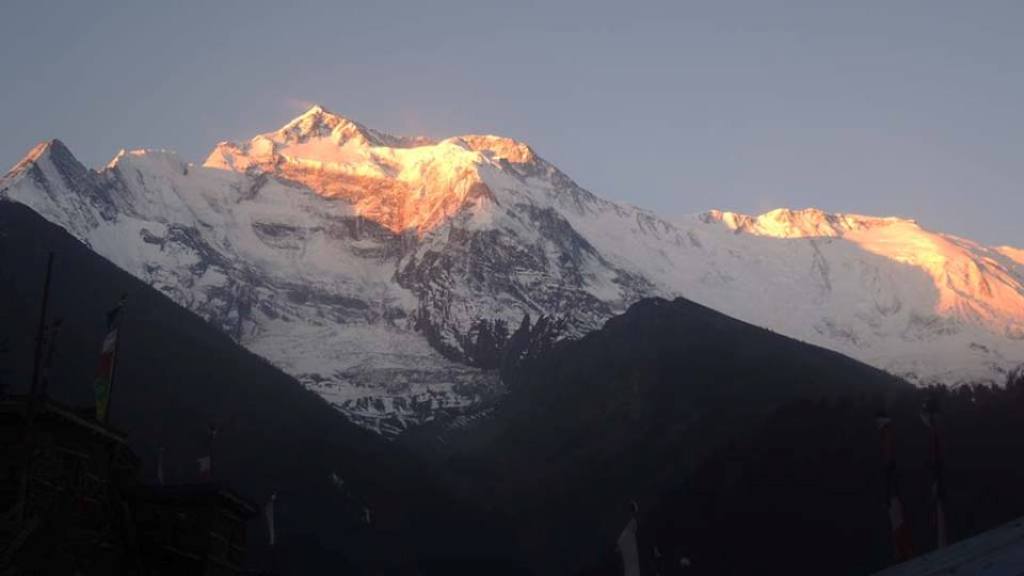
Similarly to Mr, Giri there is another trekking guide “Thakur Banstola” has concerned his feeling of increasing plastic pollution. Most of the people visiting Annapurna Circuit trekking do not concerned about the use of mineral waters, these mineral water and beverage plastic bottles can be seen everywhere. Mr Banstola has suggested the forgotten refill water station in Annapurna Round Treks where refill purified water in their water bottles at the drinking water station. This method is still most suitable in a long run to decrease plastic bottle pollution significantly. Mr Banstola’s other concern is about the growing number of plastic garbage pollution which can be handled by the garbage collection centre as developed by ACAP in previous years. Locals’ communities and tourists should be discouraged to use unnecessary plastics goods would be another solution to resolve this problem.
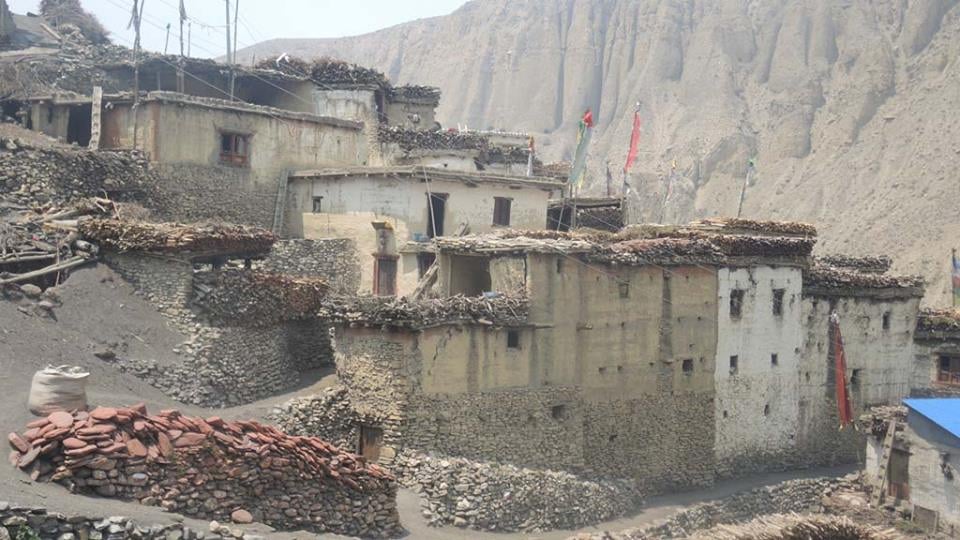
Furthermore, another trekking guide like “Mr Subahdin Gautam” has cited his main concern about the global challenge of climate change. He expressed his feelings that because of melting snow in high mountains people now can black rocks which have destroyed the natural beauty of the Himalayas. Moreover, the melting glaciers have added more water to the mountain glacial lakes and day by day the glacial lines are decreasing rapidly. These are the biggest problems created by the human activity on the earth and it has added more problems to the people residing in the high mountains where there is a lot of disturbance in a natural ecosystem.
According to Mr Gautam, this global challenge of the ecosystem can only be resolved only by adaptation techniques and by changing people’s overconsumption habits which have increased significantly. Like other trekking in Nepal, round Annapurna treks are also suffering from the combined negative effects of human activities and natural phenomena. All these challenges are only possible to reduce if local communities and international communities work together to develop responsible tourism techniques which make each individual aware and responsible towards mother nature and culture.

